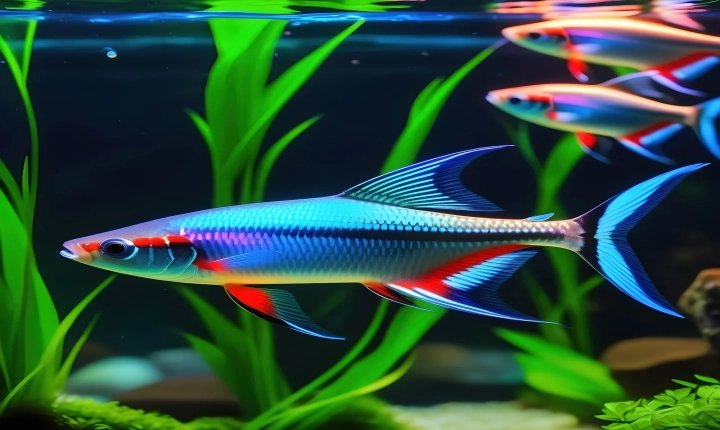Artificial intelligence has revolutionized the way we create and appreciate art. With the help of AI, artists can now explore new realms of creativity and produce stunning works that were previously unimaginable. Creating AI art is an exciting and innovative process that involves leveraging the power of machine learning algorithms to generate unique and visually captivating pieces. If you’re interested in delving into the world of AI art, here are some steps to get started.
Understand the Basics of AI and Art
Before diving into the creation of AI art, it’s crucial to have a basic understanding of both artificial intelligence and the principles of art. AI encompasses a wide range of technologies and techniques that enable machines to mimic human cognitive functions. This includes machine learning, deep learning, and neural networks, which are the foundation of AI art. Additionally, familiarizing yourself with the principles of art, such as composition, color theory, and aesthetics, will provide a solid groundwork for creating visually appealing AI-generated artworks.
Choose Your Tools and Software
There are several tools and software available for creating AI art, each with its own unique features and capabilities. Popular options include Generative Adversarial Networks (GANs), StyleGAN, and DeepDream, all of which offer varying levels of complexity and customization. Additionally, platforms such as Runway ML and DeepArt provide user-friendly interfaces for generating AI art without the need for extensive coding knowledge. Selecting the right tools and software that align with your artistic vision and technical proficiency is crucial for a successful AI art creation process.
Gather Training Data
Training data is a fundamental component of creating AI art. It serves as the source material from which the AI algorithm learns and generates new imagery. Depending on the type of artwork you want to create, training data can range from photographs and paintings to abstract patterns and textures. It’s essential to curate a diverse and high-quality dataset that aligns with your artistic goals and provides a rich source of inspiration for the AI model.
Train Your AI Model
Once you have selected your tools, software, and training data, the next step is to train your AI model. This involves feeding the training data into the AI algorithm and allowing it to learn the patterns, styles, and characteristics present in the dataset. Through iterations and adjustments, the AI model refines its understanding of the input data, ultimately generating new and original artworks based on the learned patterns. This process can be computationally intensive, requiring powerful hardware and resources to facilitate efficient training.
Experiment and Refine
Creating AI art is an iterative process that involves experimentation and refinement. After training your AI model, you can experiment with various parameters, inputs, and styles to generate a diverse range of artworks. Through this experimentation, you can refine the output and fine-tune the AI model to produce artworks that align with your artistic vision. Additionally, exploring different techniques, such as style transfer and image manipulation, can further enhance the creative possibilities of AI art.
Embrace Collaboration and Ethical Considerations
AI art creation often blurs the lines between human and machine, opening up new possibilities for collaboration and exploration. Many artists collaborate with AI algorithms as co-creators, leveraging the unique capabilities of each to produce innovative and thought-provoking artworks. Additionally, it’s essential to consider the ethical implications of AI art, including issues of authorship, ownership, and the impact of AI on traditional artistic practices. Embracing collaboration and ethical considerations can enrich the artistic process and contribute to a deeper understanding of the role of AI in the creative landscape.
Share and Showcase Your Art
Once you have created AI art that resonates with your artistic vision, it’s time to share and showcase your work. Whether through exhibitions, online galleries, or social media platforms, sharing your AI-generated artworks can spark conversations and inspire others to explore the intersection of AI and art. Additionally, engaging with the broader AI art community can provide valuable feedback, inspiration, and opportunities for collaboration, further enriching your artistic practice.
In conclusion, creating AI art is a dynamic and immersive process that combines the power of artificial intelligence with the creativity of the human mind. By understanding the basics of AI, choosing the right tools and software, gathering training data, training your AI model, experimenting and refining, embracing collaboration and ethical considerations, and sharing your art, you can embark on a journey of artistic exploration and innovation. The fusion of AI and art offers limitless potential for pushing artistic boundaries, challenging traditional norms, and shaping the future of creative expression.
